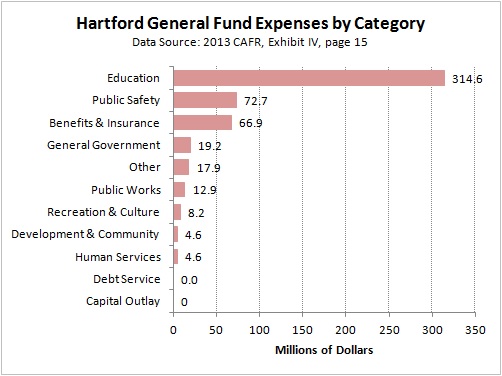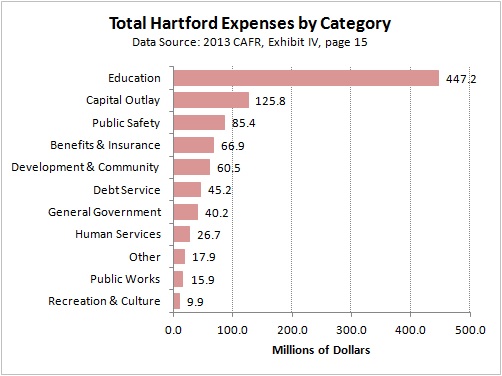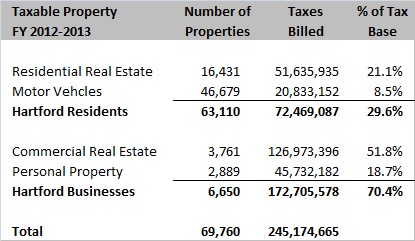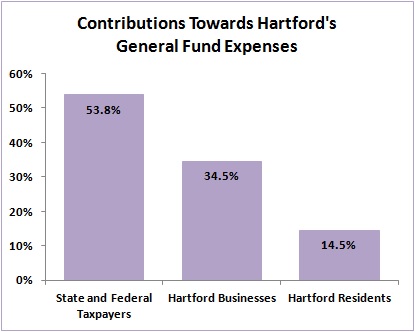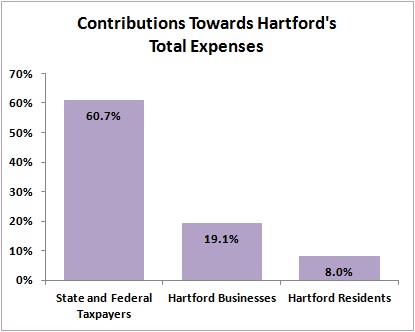Few details about the proposal for Downtown North have been made public. This puts a substantial burden on the Court of Common Council to evaluate the project on behalf of the City’s residents, taxpayers, and other stakeholders.
The resolutions to be received by Council would set the project in motion with very broad parameters. The resolutions seem to provide little opportunity for future input from either the Council or the public. They empower the Mayor to negotiate the specifics of the deal, working directly with the Developer.
After reading the resolutions, there are many questions to consider. The Council still has an opportunity to add additional conditions to the project before handing off the details of the implementation to the Mayor.
1. The resolutions do not specify what is to be built on the site, other than a ballpark. Will the City have any input into what is designed and built in the mixed-use portion of the development? Will the City have any recourse if the Developer makes dramatic changes to the plans they have presented thus far? Is there any recourse if the Developer fails to act within a reasonable amount of time?
2. What is the physical boundary of the project that divides responsibility between the Developer and the City? For example, will the Developer be responsible for the sidewalks and streetscapes? Will any roads or utilities need to be moved, and if so, who would be responsible for that work, and those costs?
3. Suppose the City enters into complementary leases with the Developer and the Baseball Team for the stadium, as is proposed. What is the City’s exposure, and recourse, if the ballpark facility is not complete by the time the lease with the Baseball Team is scheduled to begin?
4. The City acts as a middleman between the Developer and a tenant, the Baseball Team. Another interested tenant, the Brewery, is working directly with the Developer. There are reports of two supermarket operators have also been in touch with the Developer directly. Is there a way to establish a similar relationship between the Baseball Team and the Developer so that the City is not positioned between the two, and taking on risks via both lease contracts?
5. The Developer has proposed including a significant amount of “municipal office space” in the project, though it is not mentioned in the resolutions. Is the City of Hartford still one of the primary expected tenants for the space? If so, what is the City’s process for evaluating that opportunity? If not, does the Developer have a plan for how to utilize that space in the project?
6. The resolution appears to give the Mayor broad authority to make future decision about the development without consulting the City Council. Would this include renting or buying property, other than the stadium, from the Developer (like municipal office space)?
Perhaps this is the time to begin making details of the proposal more widely available. The public is not the enemy. Throughout the ballpark debate the community has been treated like the enemy, and in some cases acted like the enemy. However, without any real information available, there are very few ways for citizens to contribute to the discussion in a constructive manner.

